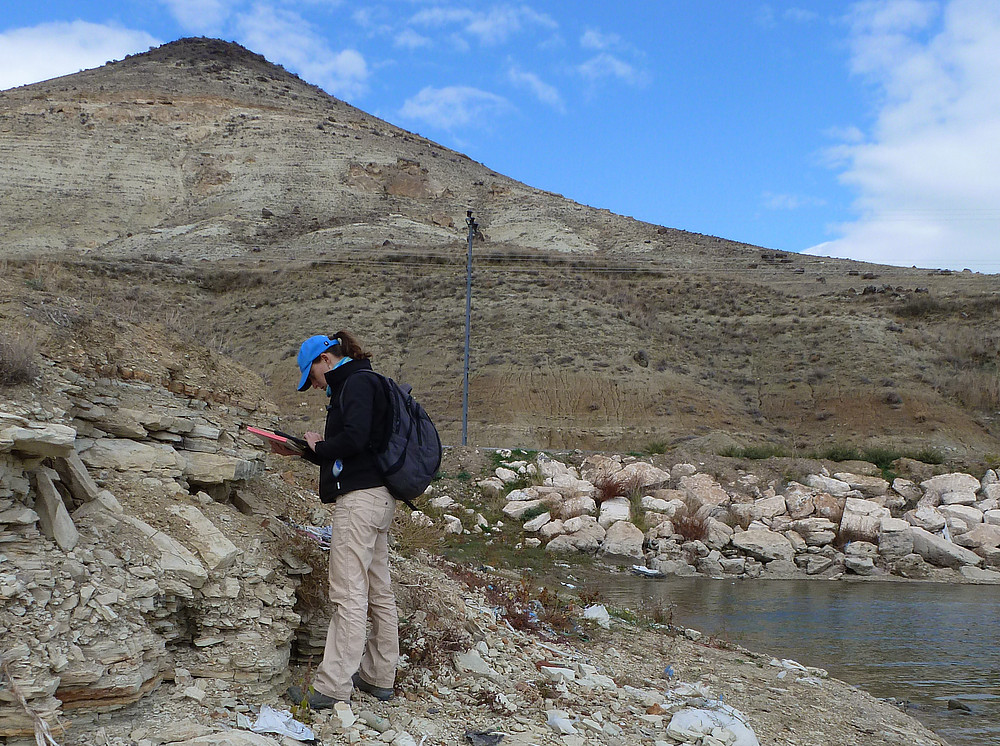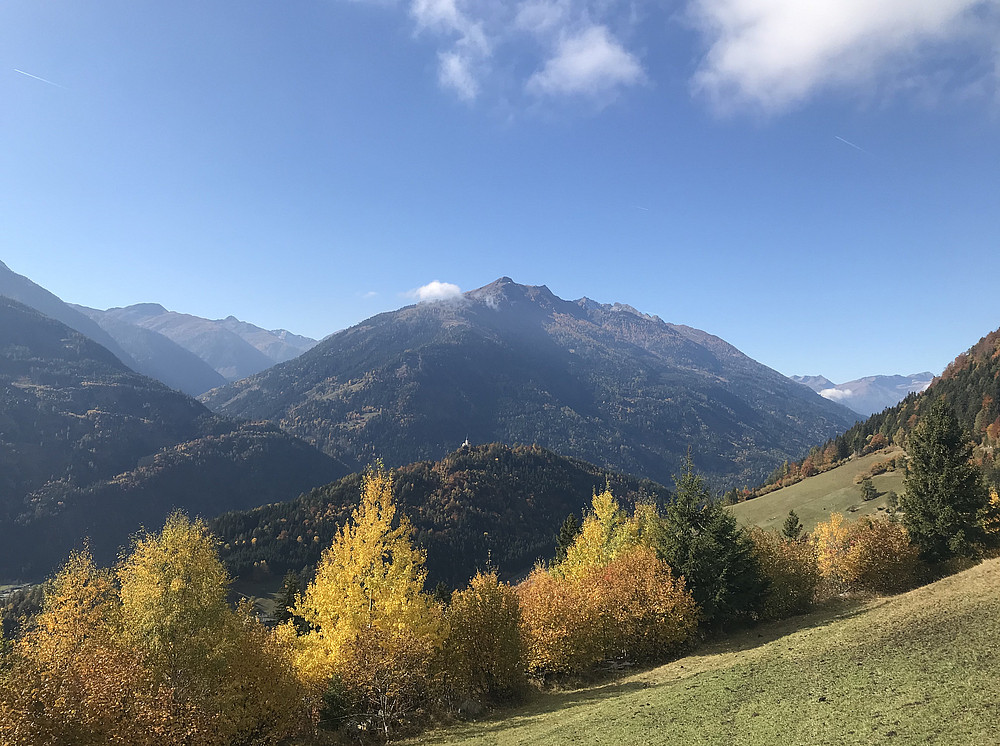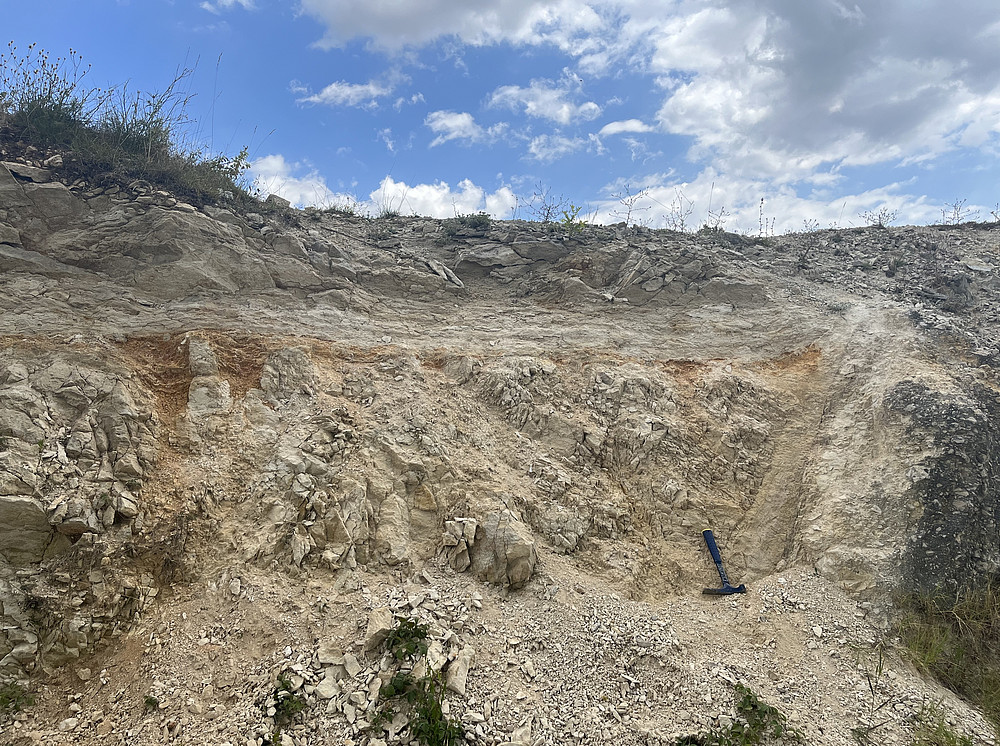Geosphere-biosphere interactions of the Anatolian plateau region (Turkey)
Maud Meijers and collaborators
Central Anatolian Miocene to Pliocene fluvial and lacustrine records provide excellent records to study landscape evolution over geological times. We quantify Earth surface processes by using stable isotope geochemistry (on e.g. soil and lake carbonate, fossil mammal tooth enamel) to reconstruct paleoenvironments (vegetation, climate, seasonality, hydrology) and paleoelevations and combine this with sedimentological observations. We link our results to tectonic processes and regional biodiversity to obtain a better understanding of their interactions. By combining magnetostratigraphy and 40Ar/39Ar dating, we establish a chronological framework.

Reconstructing eastward propagation of surface uplift in the Alps
PhD student Armelle Ballian
The primary research questions of this DFG-funded project are: (1) At what time prior to the Middle Miocene did the Central Alps reach high elevations? (2) When did the Western and Eastern Alps reach high elevations with peaks of >3 km? (3) How does diachronous west-to-east surface uplift of the Alps impact regional climate and stable paleoaltimetry reconstructions? This project combines stable isotope paleoaltimetry with clumped isotope-based climate reconstructions (PhD student Armelle Ballian) and paleoclimate modeling using isotope-enabled general circulation models (GCMs; Daniel Boateng, PhD).
PIs Maud Meijers, Sebastian Mutz, Andreas Mulch, Todd Ehlers

Tectonics - climate interactions in the Dinaride Lake System
PhD student Mathis Moreau
The intra-montane basins of the Dinarides orogenic belt harbored a suite of long-lived freshwater lakes during the Early and Middle Miocene: the Dinaride Lake System (DLS). Active lake deposition occurred contemporaneously with a warm and humid climatic phase (Miocene Climatic Optimum, ca. 17-14.7 Ma) and a climate cooling phase (Middle Miocene Climatic Transition; MMCT, 14.7-13.8 Ma), which is associated by the establishment of permanent, major Antarctic ice sheets. The MCO and MMCT are widely documented in marine records, but less so in the continental realm.
This project aims at characterizing the tectonic drivers of basin formation, as well as the hydrological and climatic conditions during lake deposition. Questions to be answered include: when did significant topography develop in the Dinarides, how are the MCO and MMCT expressed in the continental realm, and what are the respective contributions of tectonic activity and climatic changes during the MCO and MMCT to the dynamics and demise of the lakes?
